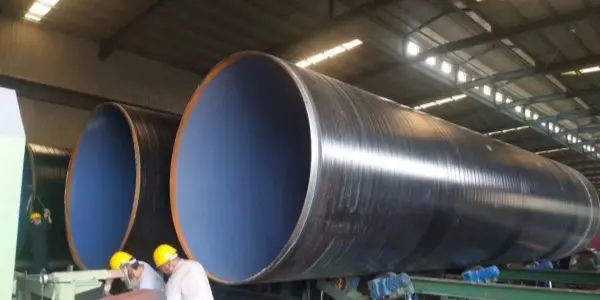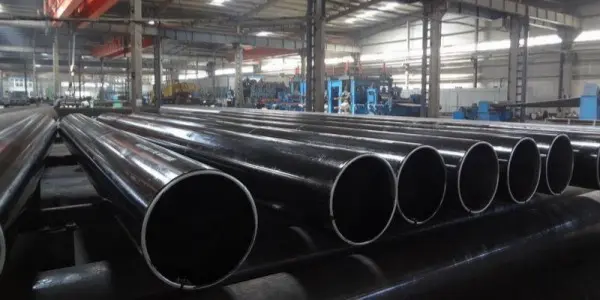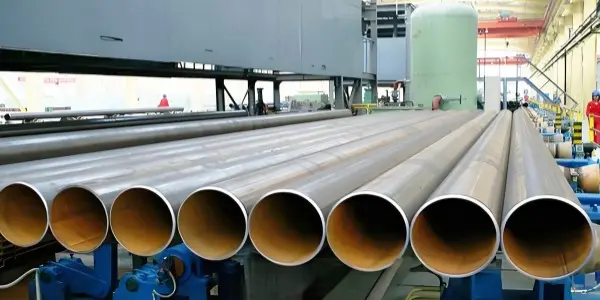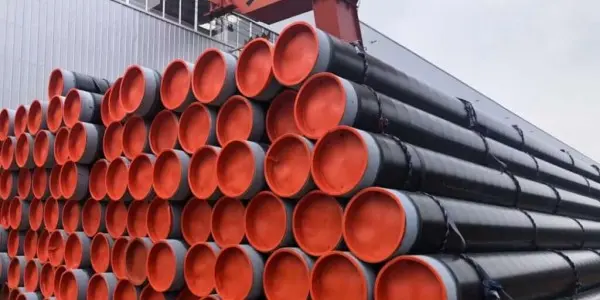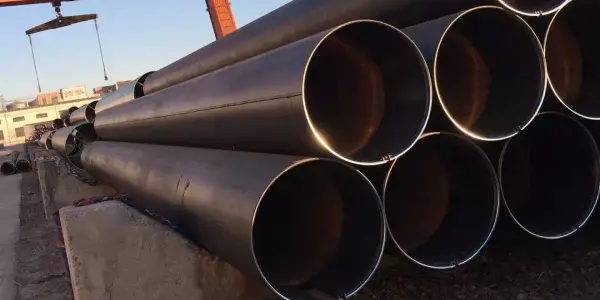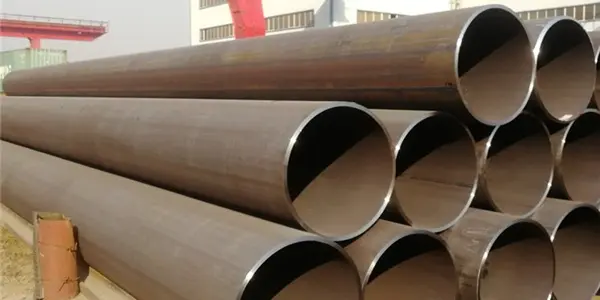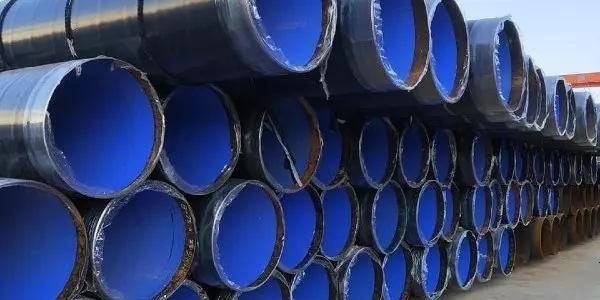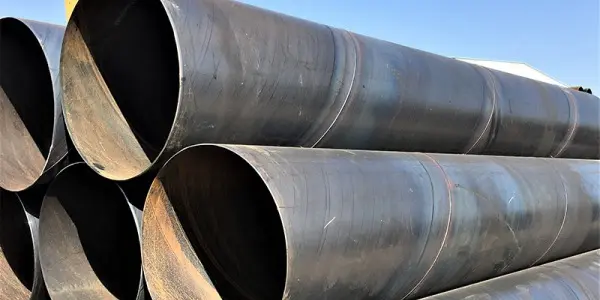-
Analysis of uneven thickness of anti-corrosion coating on SSAW steel pipe
SSAW (Spiral Submerged Arc Welded) steel pipes are commonly used as fluid pipes and piling pipes. When these pipes are intended for water transportation, their inner or outer surfaces often undergo anti-corrosion treatment. Common anti-corrosion methods include 3PE coating, epoxy coal tar coating, and epoxy powder coating.
Read More
-
How to ensure the strength and flattening test requirements of seamless steel pipes?
Seamless steel pipes (SMLS) are versatile metal materials widely applied in industries such as petroleum, chemicals, power generation, and machinery. Ensuring their strength and the reliability of flattening tests requires a systematic approach that spans raw material selection, manufacturing processes, testing, and protective measures.
Read More
-
Advantages and disadvantages of ERW steel pipe
ERW steel pipes are widely used across industries such as oil and gas, construction, and water supply due to their cost-effectiveness, high production efficiency, and versatility. Manufactured through electric resistance welding, these pipes offer better mechanical strength compared to standard welded pipes. While they have many advantages, including availability and ease of use, they also come with certain drawbacks, such as welding defects and limited size range.
Read More
-
Application of ERW steel pipes in the manufacturing field
Electric Resistance Welded (ERW) steel pipes are widely used across various manufacturing sectors due to their strength, versatility, and cost-effectiveness. These pipes are employed in the production of crucial components that require structural integrity and reliable performance. Below are some notable applications of ERW steel pipes in different manufacturing fields.
Read More
-
Seamless carbon steel pipes service life and influencing factors analysis
Seamless carbon steel pipes, as a type of seamless pipe material, exhibit exceptional pressure resistance and corrosion resistance. The service life of seamless carbon steel pipes does not have a fixed value, as it is influenced by numerous factors, including the use environment, pipeline construction, pipe quality, and maintenance. Generally, under normal use and maintenance conditions, the lifespan of seamless carbon steel pipes can span from 10 to 50 years. However, in harsh environments or with inadequate maintenance, their lifespan may be significantly reduced.
Read More
-
Annealing process of carbon steel pipes
The annealing process is a critical step in the production of carbon steel pipes, as it helps to refine the material's structure, relieve internal stresses, and improve its mechanical properties. Proper preparation, heating, insulation, cooling, and post-treatment procedures ensure that the steel pipes meet the required standards for strength, ductility, and dimensional accuracy.
Read More
-
LSAW steel pipes forming technology
LSAW (Longitudinal Submerged Arc Welded) steel pipes are a widely appreciated construction material known for their excellent performance and reliability. But how are they formed? The following are the key steps in the forming process.
Read More
-
Introduction to rust removal of LSAW steel pipes
In the anti-corrosion construction process for oil and gas pipelines, the surface treatment of LSAW (Longitudinal Submerged Arc Welded) steel pipes is a critical factor that directly influences the service life of the pipeline's anti-corrosion layer. Proper surface treatment ensures a strong bond between the anti-corrosion layer and the steel pipe. Thus, strict adherence to anti-corrosion specifications for the surface of LSAW steel pipes is essential. Continuous improvement of surface treatment methods is equally important.
Read More
-
Application of plastic-coated SSAW steel pipe in the power industry
Plastic-coated SSAW steel pipes are widely used in the power industry for various applications, mainly in the following areas.
Read More
-
How to improve the quality of SSAW steel pipe?
SSAW steel pipes play a crucial role in protecting vital materials during media transportation, such as oil, gas, water, and heating in pipelines. To enhance the quality of SSAW steel pipes, it is essential to improve their surface preparation and anti-corrosion treatment. Here are several methods to achieve better quality.
Read More

 English
English Español
Español




 Tel : +86-18565811709
Tel : +86-18565811709 Email :
Email : 
